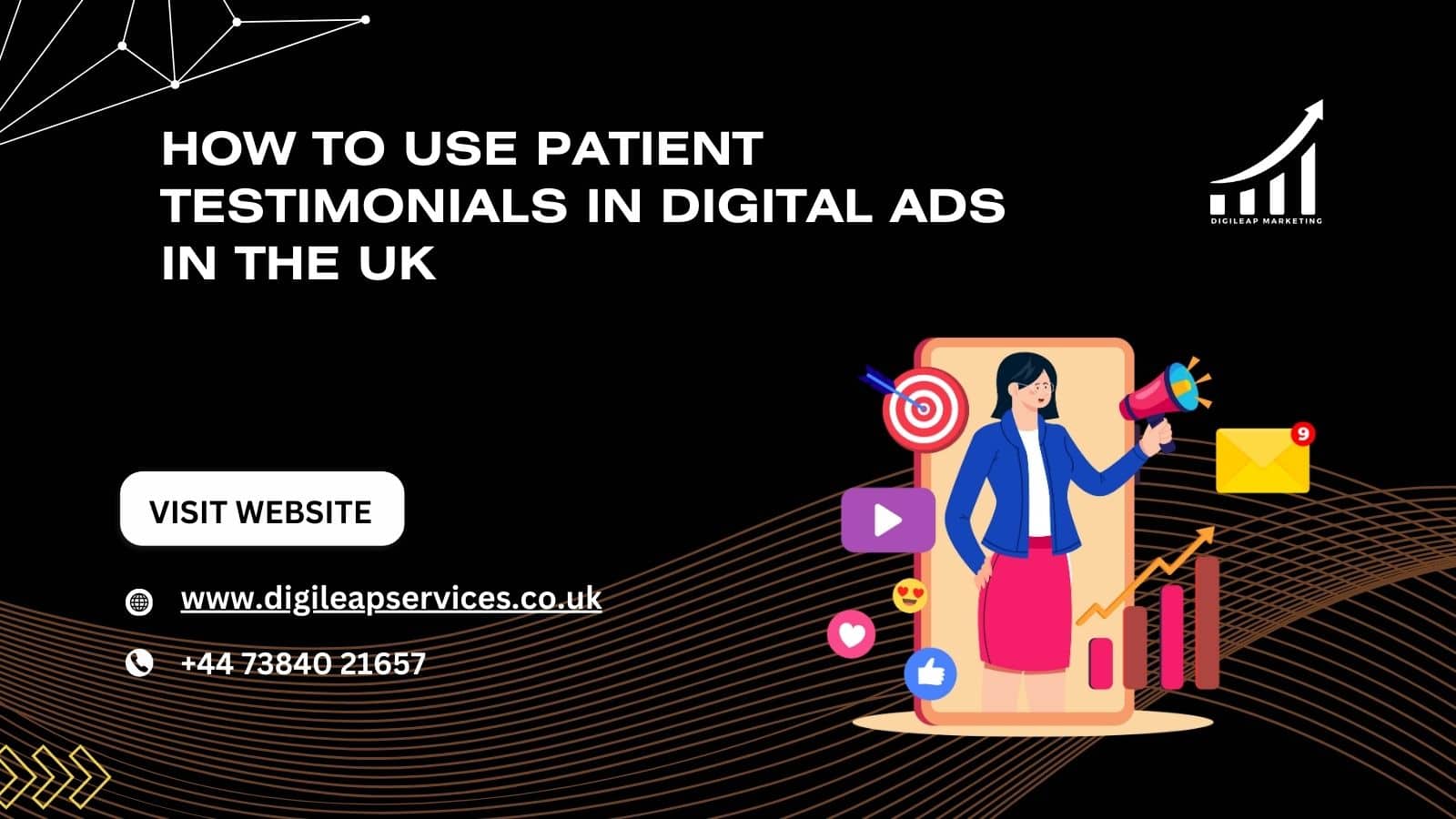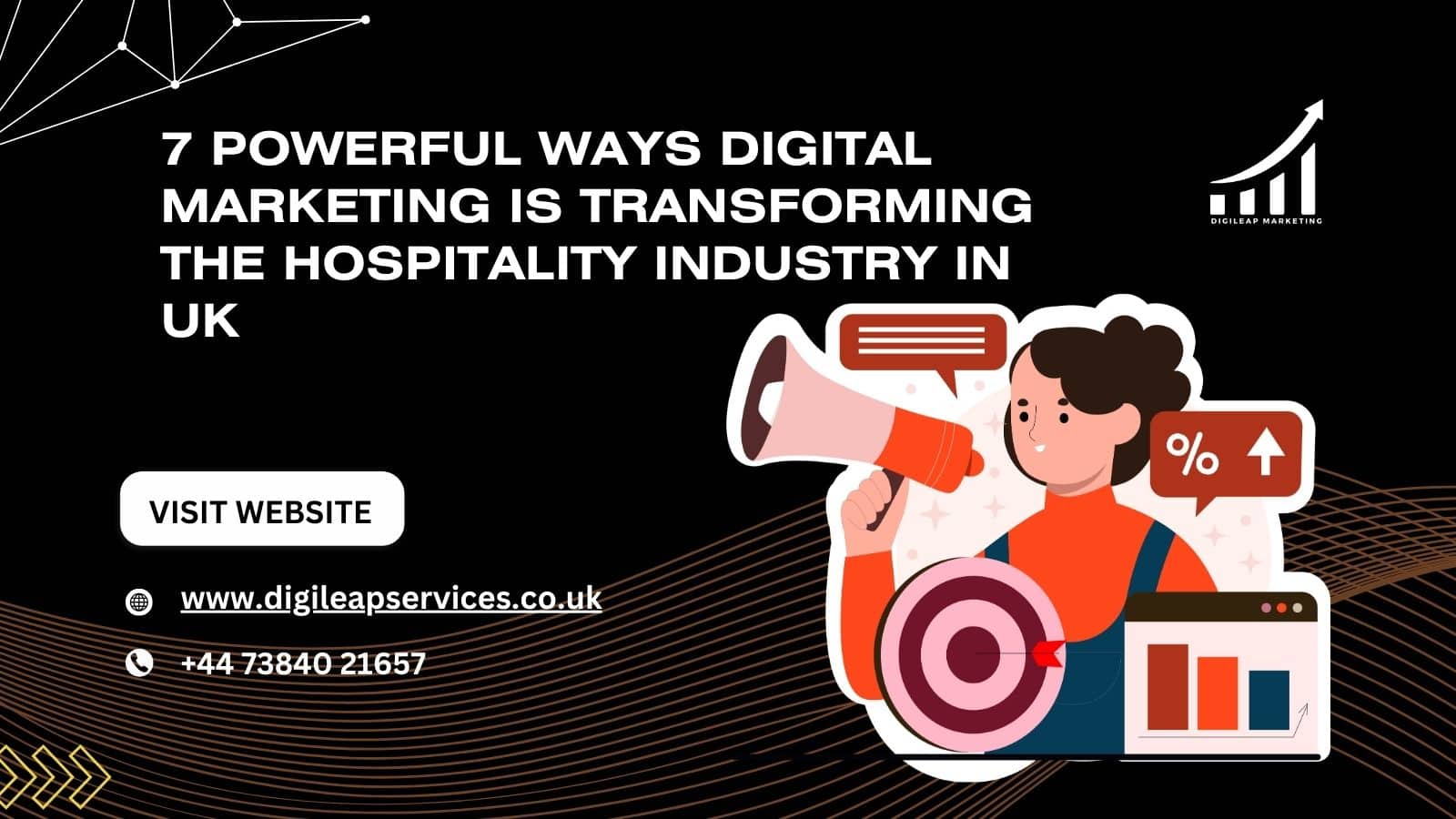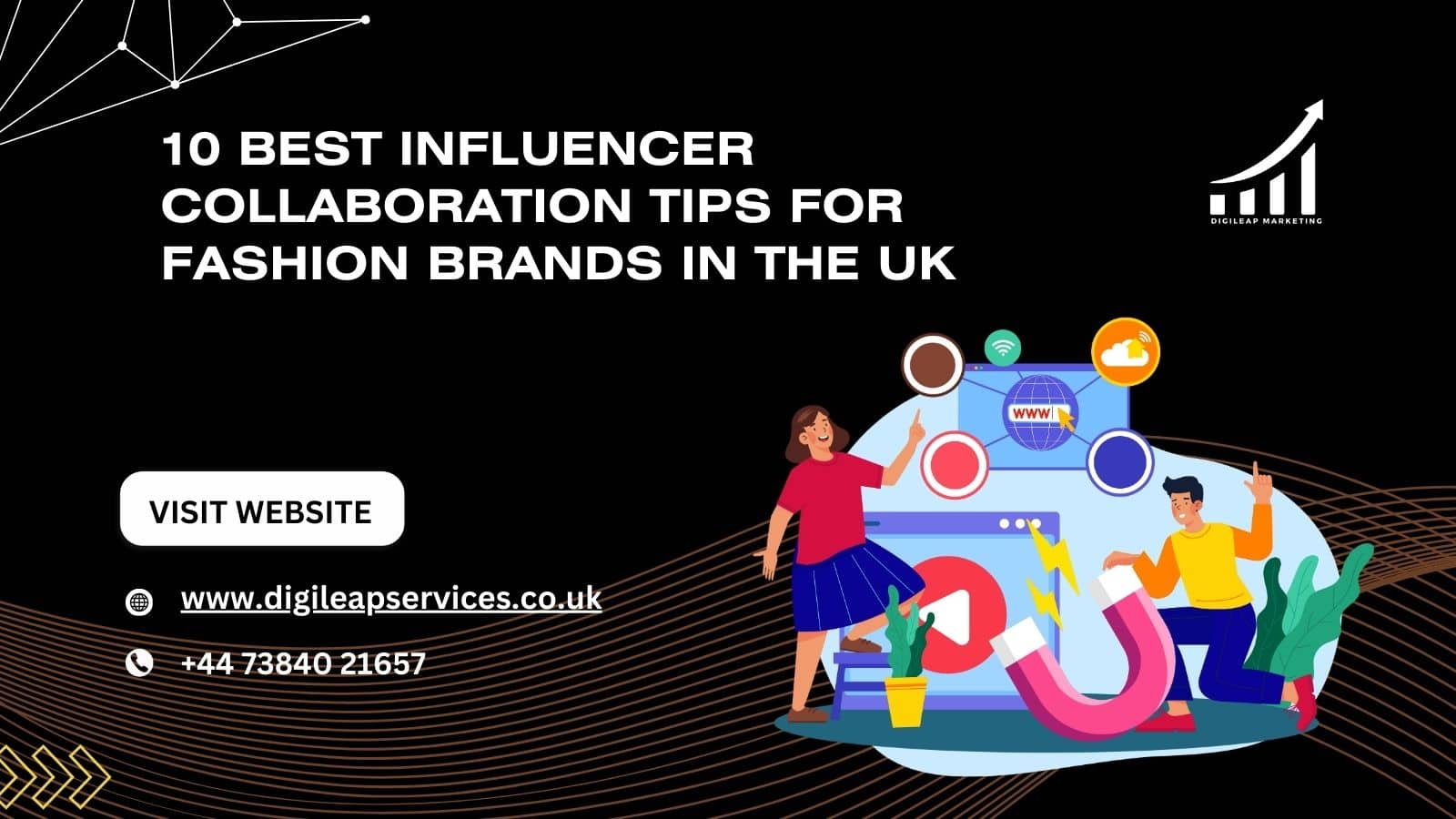How to Use Patient Testimonials in Digital Ads in the UK
What’s the primary thing you do while deciding on a new dentist, GP, or physiotherapist? If you are like most people, you check the rating, reviews and testimonials in digital ads. Maybe scroll through a few real stories. You want proof—something personal. Something that says, “Yep, they’ve helped someone like me before.”
That’s where patient testimonials digital ads come in. Not just on your website or Google listing, but right inside your digital ads. And in the UK’s ever-competitive healthcare space, those real voices could be the secret sauce your practice needs.
According to Statista, 72% of UK adults trust recommendations from people they know more than any other marketing format—and testimonials come pretty close to that.
Let’s break down how to use them in a way that feels real, gets attention, and builds serious trust online.
1. Make the Patient the Hero of the Story
Your ad isn’t about your clinic. It’s about their journey.
That’s the trick—tell a story, not a sales pitch.
Show the “Before and After” Moment
You want potential patients to see themselves in your ads. That means showing where your patient started—pain, frustration, worry—and how they felt after treatment.
“Before I visited the clinic, I could barely walk without pain. Now I’m back to my morning runs. I owe it all to Dr. Patel and the physio team.”
That’s not just a review. That’s emotional marketing in action.
Use Video Over Static Text
Let’s be honest: people skim. But if you include a short video of a real patient (even shot on a phone), it creates authenticity.
According to Wyzowl, 84% of consumers say they’ve been convinced to buy a product or service after watching a brand’s video. The same goes for services like dentistry, skin treatments, or therapy.
It doesn’t need high production. Just heart.
Nobody connects with a robotic script. Let patients speak from the heart—even if it’s a bit messy. That unfiltered voice is what makes people trust it.
Instead of:
“The dental staff was very professional and efficient in their procedures.”
Try:
“Honestly, I was terrified of dentists. But they made me feel super comfortable. Even cracked a few jokes!”
This kind of language lands harder because it feels human.
2. Match the Right Story to the Right Audience
Different patients care about different things. A mum booking her child’s GP isn’t looking for the same reassurance as a young adult seeking acne treatment.
So? Segment your testimonials.
Align with Local Pain Points
In areas like Birmingham or Leeds, NHS waitlists are long. Private clinics can use testimonials that highlight speed and convenience.
“I called Monday and was seen by Wednesday—unbelievable compared to my usual 3-month wait!”
That’ll speak louder than any headline.
Use Specific Diagnoses or Concerns
If your clinic treats migraines, fertility issues, or anxiety—don’t go broad. Find patient stories that mirror those concerns.
A good ad example might be:
“After five years of battling endometriosis, I finally found someone who listened. The personalised care changed everything.”
Now that’s targeted storytelling.
Localise the Testimonials
Someone in Bristol is more likely to trust a story from their own city than one from Glasgow. Geo-target your digital ads and use local patient voices.
Want to really stand out? Show the real neighbourhood, clinic exterior, or a quick glimpse of the familiar staff. It adds trust with context.
And yes, this is where Digileap comes in handy—they help clinics design geo-targeted testimonial campaigns that actually feel personal.
3. Optimise Your Ads for Clicks, Trust, and Compliance
Here’s the deal—using patient testimonials in digital ads can be wildly effective, but you’ve got to do it right.
Follow the Rules: Keep It GDC & ASA Compliant
Healthcare ads are under tight regulation in the UK. For instance:
Dental practices must follow GDC guidelines: no misleading claims, avoid “guarantees.”
The ASA (Advertising Standards Authority) insists testimonials must be truthful and verifiable.
Want a quick tip? Always get written consent from your patient to use their story—and keep it on file.
More on this at: ASA’s healthcare advertising guidance
Use Clear, Click-Worthy CTAs
After sharing a glowing testimonial, guide your viewer with a button that feels personal.
Instead of “Learn More,” try:
- “Book the Same Therapist”
- “See Why Patients Choose Us”
- “Chat With Our Reception”
It feels connected to the story they just heard.
Test New Ad Formats (Trends Alert 🚨)
📍 TikTok & Instagram Reels – UK healthcare clinics are experimenting with short-form, vertical video testimonial ads.
📍 WhatsApp Ads – New in the UK. These let you run click-to-chat testimonial-style campaigns straight into WhatsApp. Super personal.
📍 Carousel Ads – Rotate multiple testimonials by type of treatment. “Migraine Relief,” “Skin Glow,” “Anxiety Support”—a story for every need.
Want an example? This NHS TikTok campaign saw high engagement by pairing real stories with short videos. Simple but powerful.
4. Try the Newest Formats That Patients Actually Click
Trends move fast in digital ads advertising. Luckily, testimonials work across all of them.
Short-Form Vertical Video (Reels & Shorts)
Short clips, even just 15–30 seconds long, showing real patient experiences are working wonders on platforms like TikTok, Reels, and YouTube Shorts.”
The NHS used this strategy during their mental health campaign with great results—see it here.
WhatsApp Click-to-Chat Ads
New trend alert: WhatsApp ads now allow UK healthcare brands to connect testimonial campaigns with a “Chat Now” button.
So after a testimonial, the viewer can speak directly to your front desk—no friction, no forms.
Testimonial Carousels
On platforms like Facebook and Google Display, carousel ads let you stack 3–5 testimonials by treatment type:
- “Relief from TMJ Pain”
- “No More Skin Breakouts”
- “Anxiety Under Control”
Let viewers swipe through real results and choose what feels relevant. It’s personal and performance-driven.
Testimonials that Sell (Without Feeling Salesy)
✅ Real stories beat polished scripts—emotion connects.
✅ Match testimonials to audience needs (locality, symptoms, urgency).
✅ Video wins—even if it’s just a phone-shot 15-second clip.
✅ Stay compliant with GDC and ASA rules—always get consent.
✅ Try new ad trends like TikTok, WhatsApp, and carousel formats.
In today’s scroll-fast, trust-slow world, a real patient story can stop the scroll and win the click. And when used right, testimonials don’t just boost your ad performance—they turn your marketing into proof.
Want help setting up testimonial-led campaigns that feel real, convert better, and stay compliant? Digileap has helped clinics across the UK turn patient stories into digital ads or gold. Click here to see how.
TL;DR Summary
Testimonials work in ads because they feel real. But to truly connect in the UK healthcare space, make sure you:
Tell emotional, honest stories
Use video over text
Align with audience pain points
Follow UK ad rules
Try new formats like Reels or WhatsApp click-to-chat







